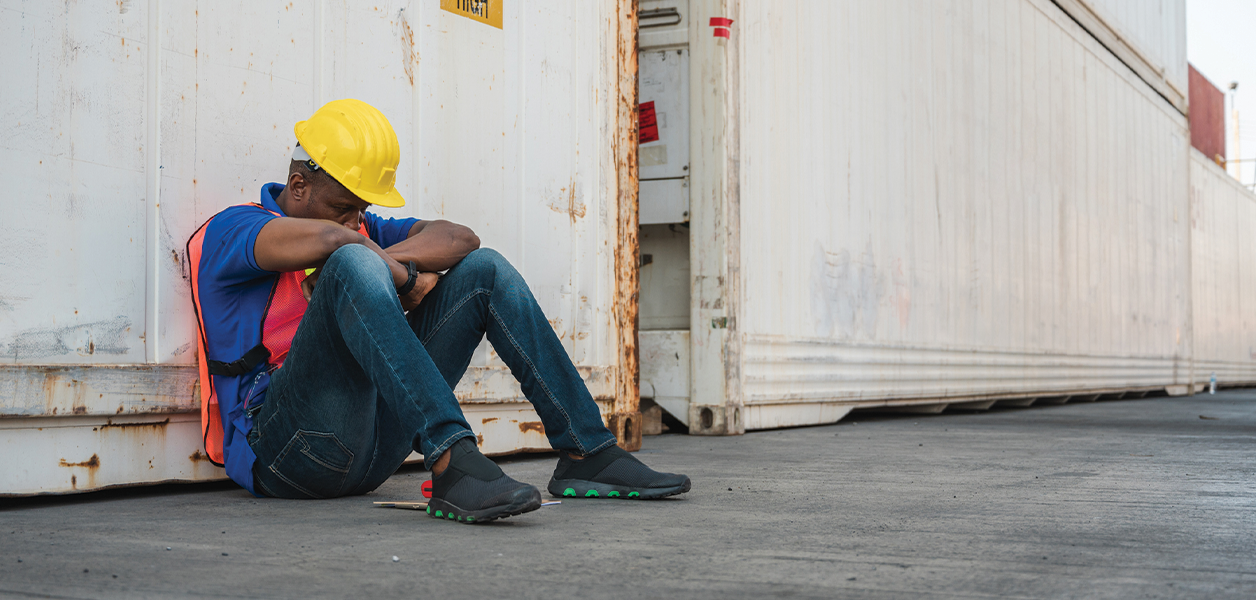Throughout the U.S., construction workers are failing to show up for work because they are afraid they will pick up the virus and bring it home to elderly or immunocompromised family members, according to www.constructiondive.com. A recent Construction Dive survey found handling anxious employees is contractors’ biggest challenge of the crisis so far, with 78% of respondents saying it’s one of the top ways the crisis has affected their business.
David Perecman, founder and lead trial attorney at The Perecman Firm, New York, said keeping employees engaged and reassured is key to keeping job sites open. Being proactive can help prevent the high rates of absenteeism many contractors currently are facing.
Perecman said contractors must ensure employees’ anxieties about job-site cleanliness and social distancing are addressed to help employees feel safe and reduce employer liability.
“Managers need to make provisions and provide rules that recognize those fears,” Perecman said. “They will need to be able to say they are prepared with future needs for PPE. They need to be able to show that they were, at a bare minimum, cognizant of the future need and took steps to address it.”
Many employers are creating safety protocols and ensuring they are being communicated clearly to employees, focusing on transparency so their workers always are informed. Others are focusing on positive messages and interactions, providing breakfast and lunch for employees and checking in to see how they are doing.
Still, some workers continue to struggle with high levels of anxiety during this unprecedented time. Tricia Kagerer, executive vice president of risk management at Jordan Foster Construction, El Paso, Texas, said it is important managers recognize signs of stress among team members, such as excessive worry, anger, loss of concentration and difficulty sleeping; unchecked stress can lead to increased risk and injuries.
“A pandemic crisis is not normal; none of us has ever experienced anything like this in our lifetime,” Kagerer said. “We need to tell ourselves that it is OK not to feel OK. It is completely normal.”





